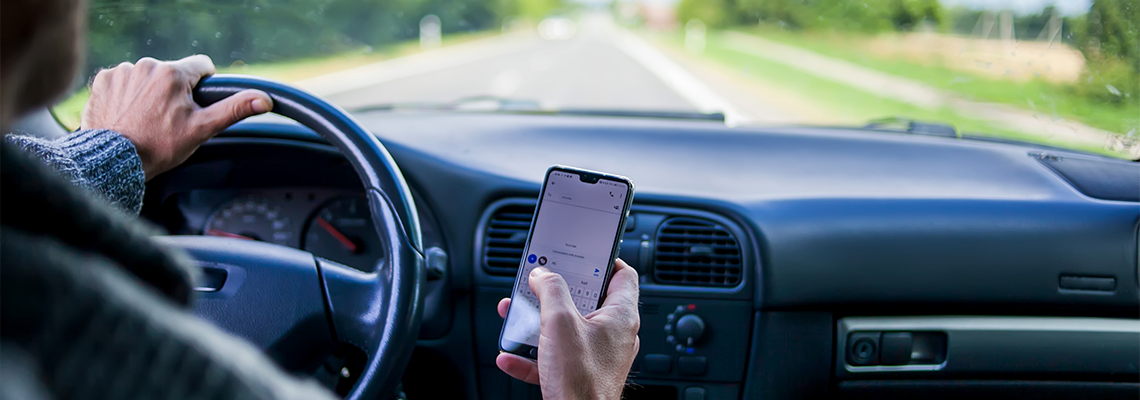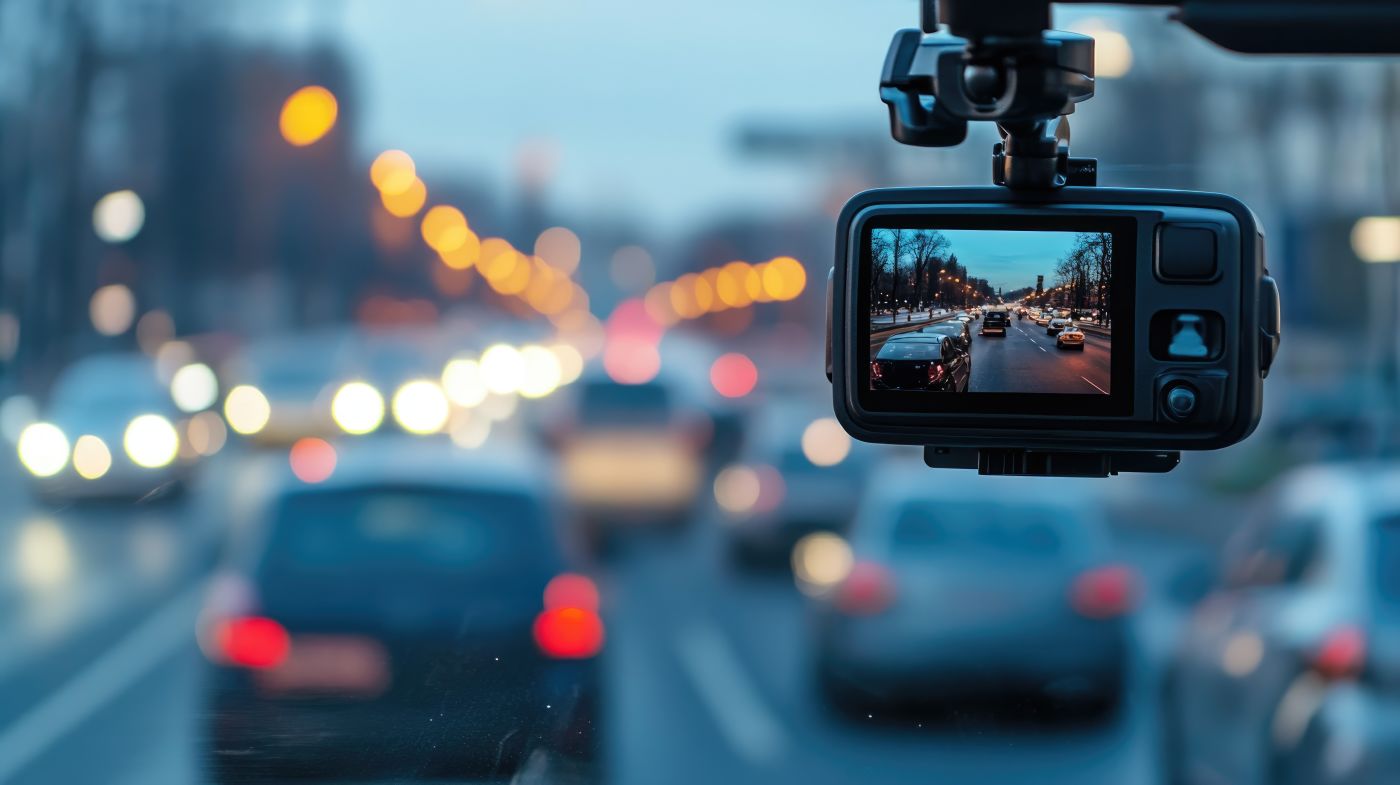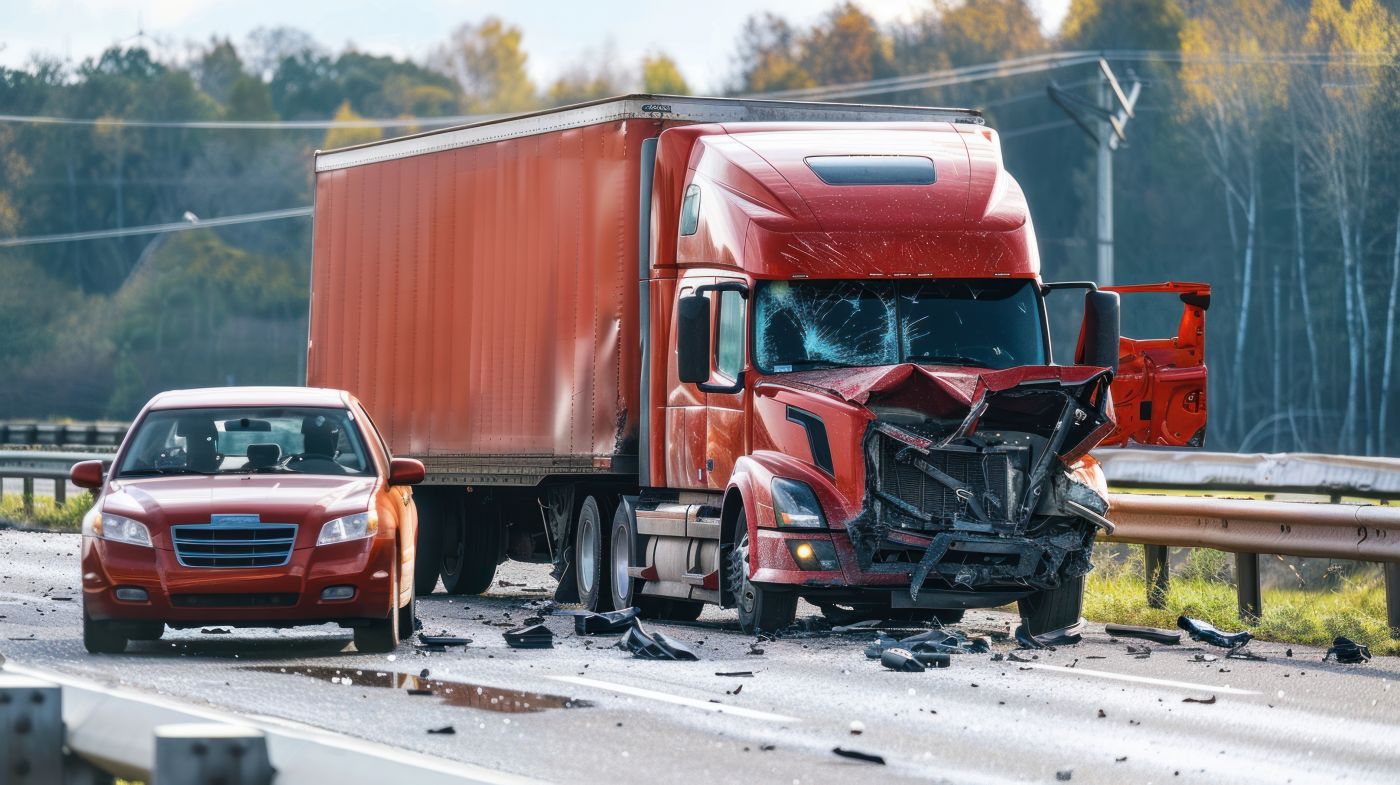
Distracted driving remains a leading cause of motor vehicle accidents and personal injuries across the United States. It often leads to severe injuries, property damage, and, in some cases, fatalities. When drivers divert their attention from the road, even momentarily, the risk of a collision increases significantly.
State laws prohibit texting while driving, and certain restrictions apply to novice drivers using mobile devices. Despite these regulations, distractions extend beyond phone use.
Eating, adjusting in-car entertainment systems, and engaging in conversations can all contribute to hazardous conditions on the road. Even a few seconds of inattention can lead to life-altering consequences.
Harris & Hart Attorneys at Law in Overland Park, Kansas, understands the devastating impact distracted driving accidents can have on victims and their families. Our firm is dedicated to helping those affected pursue the justice they deserve. Read on for more information about the dangers of distracted driving and how to protect your rights.
An Overview of Distracted Driving and Its Consequences
A significant concern with distracted driving is its impact on reaction times. Studies have shown that drivers who look away from the road for just a few seconds may travel hundreds of feet without recognizing changes in traffic patterns, pedestrians crossing, or other road hazards.
This delay in reaction time increases the likelihood of severe collisions and injuries.
How Distracted Driving Affects Liability in an Accident
Liability in a motor vehicle accident depends on determining which party acted negligently. A driver engaging in distracting behaviors may be found at fault if their actions contributed to the collision.
Kansas follows a modified comparative fault rule, which means a claimant can recover damages if they’re less than 50% responsible for the accident. However, any compensation is reduced by the percentage of fault assigned to them.
Proving distracted driving can be challenging. Eyewitness testimony, phone records, and traffic camera footage often play a role in demonstrating a driver’s inattention. In some cases, vehicle data logs may provide additional evidence.
Skid marks, vehicle positioning, and traffic patterns can also provide knowledge of whether a driver was paying full attention before the crash occurred.
In some cases, drivers may not admit to being distracted, making it necessary to gather more substantial evidence. Attorneys often work with accident reconstruction specialists to establish patterns of inattention and support claims of negligence.
Even subtle indicators, such as inconsistent braking or sudden lane changes, can help demonstrate that a driver wasn’t fully focused.
The Impact of Law Enforcement and Accident Reports
Law enforcement officers responding to an accident scene assess whether distraction played a role in the crash. Police reports often contain valuable details, including witness statements and officer observations.
If a driver admitted to using a phone or engaging in another distracting activity, that information could be included in the report.
While police reports don’t determine fault in a legal sense, they can serve as critical evidence in a personal injury claim. Insurance companies and legal representatives often review these reports when evaluating liability and damages.
Additionally, officers may issue citations for distracted driving, further strengthening a claim that negligence contributed to the accident.
If an accident results in serious injuries or fatalities, law enforcement may conduct a more in-depth investigation, including reviewing surveillance footage and interviewing multiple witnesses. In some instances, drivers who caused accidents due to distraction may face additional penalties, particularly if reckless behavior was involved.
Challenges in Proving Distracted Driving in Legal Claims
Establishing that distraction directly led to an accident can require extensive evidence. Unlike cases involving intoxicated drivers, where breath or blood tests provide measurable proof, distracted driving cases often rely on circumstantial evidence. Some of the most effective forms of proof include:
Phone records showing calls, texts, or app usage at the time of the accident.
Surveillance or traffic camera footage capturing the driver’s behavior before impact.
Witness testimony from passengers or other motorists who observed the driver’s actions.
Accident reconstruction analysis demonstrating that driver inattention contributed to the crash.
Additionally, in cases where a driver was using hands-free technology but was still distracted, proving cognitive distraction may require further analysis. Some studies suggest that even hands-free conversations can impair a driver’s ability to process and react to road hazards.
Some claimants may face additional challenges if they were partially at fault for the accident. Opposing parties may attempt to argue that both drivers engaged in distracted behaviors, leading to disputes over liability and compensation. Strong evidence can help counter these arguments and support a claimant’s case.
Compensation in Personal Injury Claims Involving Distracted Driving
Victims of distracted driving accidents may be entitled to compensation for various losses. Depending on the severity of injuries and other damages, a personal injury claim may seek recovery for:
Medical expenses, including hospital bills, rehabilitation, and ongoing treatment costs.
Lost income if the injuries prevent the victim from working.
Pain and suffering, covering physical discomfort and emotional distress.
Property damage, such as vehicle repairs or replacement costs.
Loss of enjoyment of life, if injuries significantly impact daily activities and quality of life.
Future medical costs, including surgeries, physical therapy, and long-term care when necessary.
The amount of compensation varies based on the specifics of each case. Courts and insurance adjusters consider the extent of injuries, liability determinations, and available evidence when evaluating claims. If a driver’s distraction leads to catastrophic injuries, long-term financial support may also be a consideration.
Preventing Distracted Driving and Promoting Safer Roads
Reducing the risks associated with distracted driving requires both legal measures and public awareness. Kansas law enforcement agencies conduct campaigns to educate drivers on the dangers of inattention. Additionally, advancements in vehicle technology, such as hands-free systems and lane departure warnings, aim to mitigate distractions.
Drivers can take proactive steps to prevent distractions by:
Silencing mobile devices or placing them out of reach while driving.
Using hands-free options for calls if communication is necessary.
Avoiding multitasking, such as eating or adjusting in-car settings while in motion.
Focusing solely on driving, keeping both hands on the wheel and eyes on the road.
Encouraging passengers to help with non-driving tasks, such as adjusting navigation or responding to messages.
Setting up vehicle controls before starting the trip, making sure that music, climate settings, and GPS directions are ready before driving.
These measures not only improve safety but also help prevent legal complications that arise from accidents involving distracted driving. Awareness campaigns and educational initiatives can further reinforce the importance of attentive driving.
Distracted driving significantly impacts motor vehicle accident claims in Kansas. Determining liability, proving negligence, and addressing insurance disputes can all present challenges in these cases. Evidence plays a crucial role in establishing fault, and claimants often need substantial documentation to support their claims.
Contact Our Firm Today to Get Started
Victims of distracted driving accidents who have experienced personal injury may seek compensation for medical expenses, lost income, and other damages. Understanding how Kansas laws apply to these cases can help individuals make informed decisions about their legal options.
The experienced personal injury attorneys at Harris & Hart Attorneys at Law serve Overland Park and beyond in the great state of Kansas. Call today to get started.



